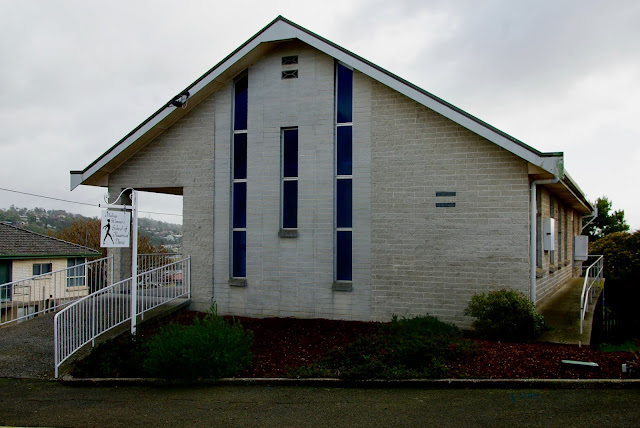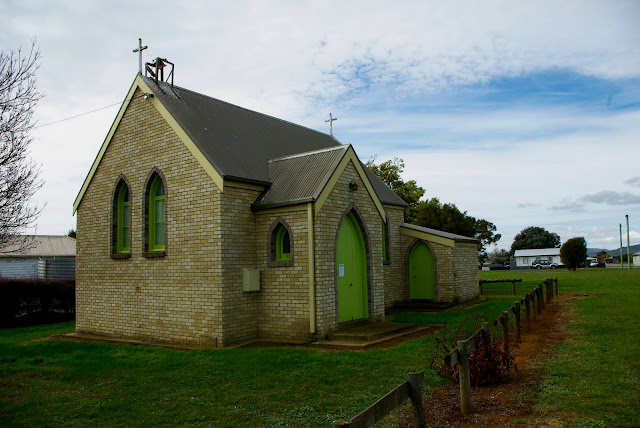No. 222 - The former Presbyterian Church at Lilydale - 'The Lilies of Lilydale'

Lilydale’s Presbyterian church was the first church at what was once Upper Pipers River. It was built as the Union Church to be shared by Presbyterians, Wesleyans and Independents. It opened in 1880 following the work of a committee formed for the task of establishing a place of worship for the town. The chairman of the committee, John Somerville, was the son of Reverend John Somerville, the minister of the Kirklands Presbyterian Church. The land was donated by Ludwig Bardenhagen. The first minister was Reverend Mather of Scottsdale. Emily Killworth, daughter of Mr and Mrs John Wilson, early pioneers of the district, wrote that it was Reverend Mather’s wife who was responsible for Upper Pipers River being renamed Lilydale: “It was Mrs Mather, wife of Rev. Mather… who was stationed in the district, who gave Upper Pipers River (as it was then called) the name of Lilydale. When Mr and Mrs Mather came to live in the district the roads and hillsides were covered with sags which have thos...




